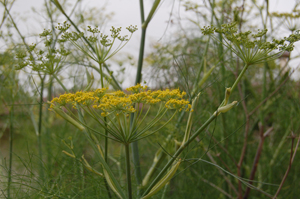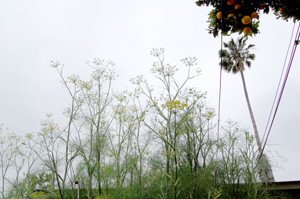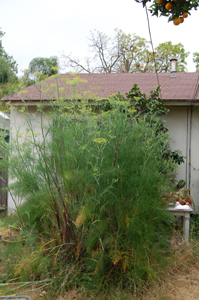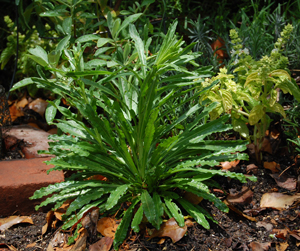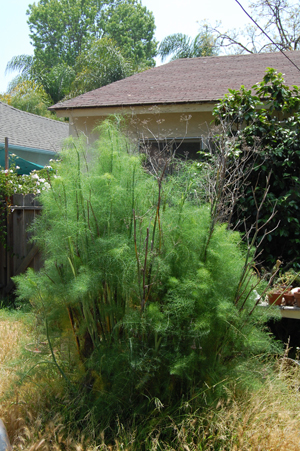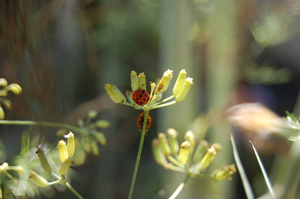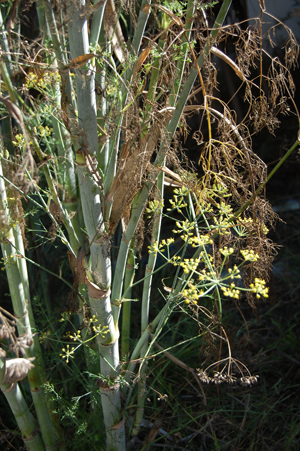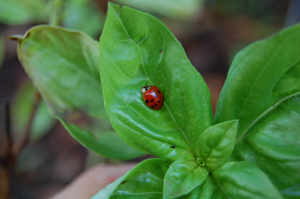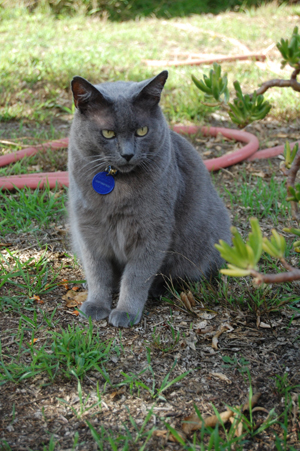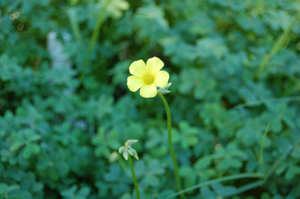Fennel (Foeniculum vulgare)
(Note: for the best search results use ‘foeniculum vulgare’.)
Part of the plant used for dye: flower heads
fiber: wool (It could be me but I can’t get this to work on cotton)
Proportions: 1:4 (fiber:plant)


The first dye plant that I ever tried working with was Fennel. A lucky choice since Fennel (unlike the Avocado pits from hell) has always given me a fairly consistent yellow and provided a pretty good first-time experience with plant/vegetable dyes.
Fennel is one of those wonderful multi-use herbal/dye plants that are often bad-rapped as noxious weeds prone to taking over a garden, city block, etc. In my tiny corner of Southern California (Los Angeles) this doesn’t seem to be the case and my own transplanted fennel plants are quite well-behaved.


I have gathered from the local Smart-and-Final parking lot, Topanga canyon, and patches next to the freeways (public areas) and eventually transfered some smaller plants to my garden.


Nature’s Colors (Ida Grae) describes using Fennel fresh, 4:1. It also appears to work dried.
That is another thing I’ve found about working with dye plants vs synthetic dye. You work on the plant’s schedule not your own. When its ready you had better be there with properly soaked fiber and not the next day at which point it may be past the point of giving up good dye, have been stepped on or eaten. The only way around this is to try drying and saving. Fennel seems to work.
The amount of mordant to use is calculated by the weight of the fiber. A wonderful booklet published by Las Aranas Spinners and Weavers Guild, Dyeing with natural materials has an excellent chart and information about safety (the poisonous stuff) and disposal.
My other standard reference is always Nature’s Colors by Ida Grae. (<- I believe this one is out-of-print but findable places like abebooks or amazon used.)

